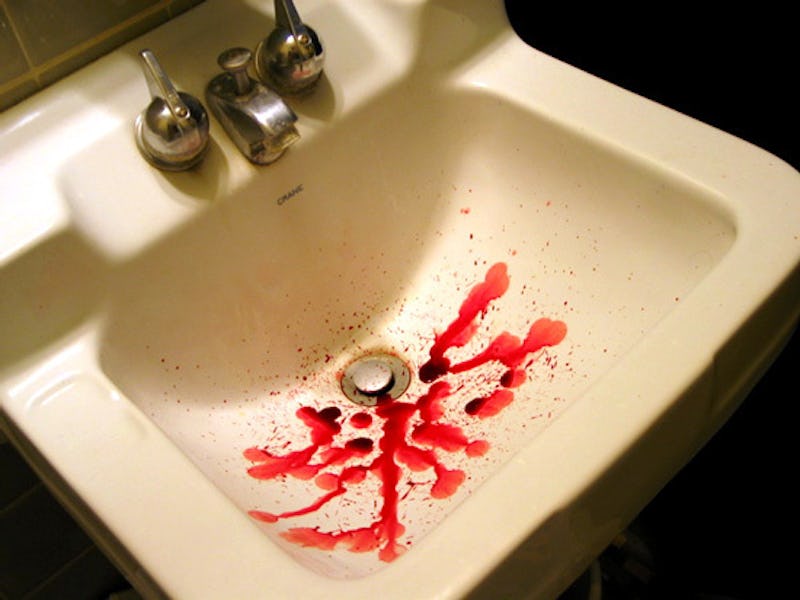Scientists Say Hospital Sinks Spread Drug-Resistant Bacteria
Hand washing may help spread infections.

Deadly bacteria grow in hospital sinks, waiting for the opportunity to splash onto someone’s hands, where they can infect their next victim. It sounds like something out of a zombie movie. Unfortunately, like more and more nightmarishly terrible things, it’s real. On Friday, scientists at the University of Virginia released a study in which they tracked bacteria to hospital sink drains. That’s right. Sink drains.
Published in the journal Applied and Environmental Microbiology, the study illustrates how Escherichia coli bacteria can grow up from the drainpipe elbow of a hospital sink, reach the drain trap, and then splash around the sink area during normal use. In this way, the bacteria can easily make their way from one patient to another. E. coli is not resistant to conventional antibiotics, and the researchers note that even though it’s the model they used, it’s not their main concern in this study.
“Many recent reports demonstrate that sink drain pipes become colonized with highly consequential multidrug resistant bacteria, which then result in hospital acquired infections,” they write. It’s frightening to think that such a simple method of transmission could have such severe consequences as an untreatable infection. More and more often, though, hospitals are finding that bacterial infections are resistant to normal antibiotics.
So what makes a sink such a welcoming reservoir for bacteria? The researchers say the conditions of a sink’s drain elbow make it basically the perfect environment.
“The wet, humid and relatively protected environment in a sink trap favors the formation of rich stable microbial communities,” they write.
This may not be quite as scary as a weaponized supervirus — like, say, The Sickening on Netflix’s Master of None — but what these scientists are saying is that pretty much every examination room in a doctor’s office or hospital could be home to a thriving community of pathogenic bacteria.
To conduct this study, the researchers built a “sink lab,” complete with five functional sinks. They grew E. coli with a fluorescence gene that would allow them to detect the bacteria with a black light, and gave them homes in the sinks’ drain pipes. After a week of simulating normal use, the scientists detected E. coli in the drain traps, about seven inches above the starting locations. From there, they detected bacteria in splash patterns about 30 inches around the sinks.
With hospital-borne superbugs becoming such a cause for concern in recent years, this study raises further questions about how hospitals can help stem serious infections. The researchers suggest that, in the future, hospitals may want to rethink their plumbing systems in consideration of these findings.